|
Overnight guests -- Yay!! However, some folks might say “well…truthfully…nay…we’re not ready…” Whether you love to entertain guests and provide them with accommodations that mimic a 5-star resort, or just “get through it” to provide a reasonable bed for the night, one thing is for sure: having a nice guest room at the ready goes hand-in-hand with summer. You really do want your guests to have a great night’s rest. Invite them, they will surely come! Here’s some guest room inspiration for you…our hotel room in Lisbon, Portugal from 2 summers ago. This suite was a delight, and so generously appointed, especially the bath. You might not have as much space as this hotel room to dedicate to your guest room, but it’s always nice to envision a heavenly place that you have stayed at when you embark on designing a special retreat for your guests. There were several elements which I really enjoyed in this hotel room. First, the draperies were sumptuous silk, and the many layers of drapery, sheers, and shades made for maximum privacy and light control, including blackout for sleep. Second, the room felt special, very European, and while the color scheme was not my most favorite, it had a cohesive design “point of view.” When you examine your own guest room and recognize that it’s furnished in non-coordinated cast-offs, maybe it’s time to actually think about improving both the style and functionality of the room. Making these kinds of changes will certainly put smiling faces at your breakfast table each morning when guests stay over. For the ultimate in packing in luxurious function for your guests’ every need in a small space, cruise ship cabins are just the ticket for inspiration. Here is a photo of our cabin on the Crystal Serenity on our latest European cruise. I particularly liked the sleek and neutral color scheme and tactile touches…and functional amenities everywhere. And having a cabin steward was pretty nice, too! To help you out with your planning here are 15 Tips for a Terrific Guest Room Experience:
Of course most of these suggestions are really common sense and adhere to a golden rule of sorts, “Provide for your guests as you would like to be treated as a guest.” In fact, I often recommend to my clients who are embarking on a guest bedroom renovation that they sleep in their guest bedroom for a night and solely use the guest bath. There is nothing like walking in your guests’ shoes (or bedroom slippers) to clearly assess your guest accommodations and plan ways to improve their experience in your home. I hope this blog has given you some food-for-thought and impetus to make your home more friendly for your guests.
It’s summer, and I know lots of you are headed out on vacation. Safe and happy travels to you all! And if you are home and doing the “staycation” thing, I wish you fair weather and a minimum of road construction delays for all your outings and get-togethers. See you next week on the Center Stage blog! During my local travels to find accessories and artwork for my Boston area clients, I came across a shop in Waltham, MA, which I recommend highly as a “must visit” for my readers in New England: May’s Gallery at 1377 Main St (Route 117) in Waltham, MA May imports porcelain vases, jars, bowls, and sculptures directly from the current-day porcelain studios and kilns in Jingdezhen, China. The selection is spectacular, quality is tops, and each piece is a work of art. Here’s a photo of May Lynch, the owner of May’s Gallery (whose family is from Jingdezhen, China) standing in front of some of her beautiful wares. From a decorative aspect, you will notice blue and white porcelains everywhere in interior design, especially since the color navy and the desire for “clean and crisp” interiors is so popular today. In my Feb 2018 blog post “The Color Navy - Both Trend and a Classic,” I showcased interiors with blue and white porcelains as accessories. So I guess that it’s high time that I gave you some tips on where to shop for these accessories, especially one-of-a-kind pieces of the fine quality offered by May’s Gallery. I interviewed May and Kevin Lynch about their business and what makes Jingdezhen porcelains so unique. They explained that Jingdezhen, in the Jiangxi Province by the Yangtze River, is the place where the art of porcelain began in China, thanks to local sources of kaolin clay and petuntse (china stone). These “secret ingredients” were combined and fired at temperatures as high as 1,300 ˚C (2,375 ˚F) in local kilns, producing an incredibly strong material that could hold up in even the thinnest of vessels. The colors aren’t limited to blue and white, with celadon green, reds, grays, and other colors being produced and perfected through the centuries by the artisans in Jingdezhen. May’s offers a large selection of porcelain in traditional Blue and White and reds, celadon, and multi-colored items. I was particularly amazed at the variety of their offerings, especially large items which would be near impossible to have shipped from on-line sources. You just have to see these authentic pieces to appreciate the artwork and fine craftsmanship - and the prices are very fair and reasonable. May’s also offers contemporary designs from the artists of Jingdezhen to complement the traditional styles that make Jingdezhen Porcelain internationally renowned. On their website, May explains her selection of porcelains: “Why Jingdezhen Porcelain?
“Where is Jingdezhen?
Here is a link to the website for May’s Gallery if you want to read and see more: http://maysgallery.net/index.html While doing research for this blog, I found out some interesting things about Blue and White porcelain and the whole “China Trade” of Porcelain. I know, I’m such a history nerd - but it all makes sense to understand why Chinese porcelains became so popular in the Western World (including Europe and America) back in the 1,700’s, and why these fine ceramics have had a place in practically every decorating style across the last 300 years. In a nutshell, the West had to import from China because, until the early 1,700’s, western potters had not discovered the secret ingredients and techniques to make hard shell porcelains. If you would like to know more about this topic, please see the article “History of Chinese Porcelain In America and Europe” by Bruce Richardson: https://www.bostonteapartyship.com/tea-blog/history-of-chinese-porcelain-america-europe I always say that you need to showcase any accent color in your home in at least three places in a room, and those accent colors (like red) can be done easily in ceramics. Here’s a particularly beautiful green and white vase I had my eye on for my own dining room in Sudbury which is decorated in shades of green and teal and features many treasures we have picked up from our international travels. As you know, we recently returned from an amazing trip to Japan, Korea, and China, but we were unable to bring back breakable items like ceramics. The scene on this vase is so peaceful to me, and reminiscent of our lovely and peaceful trip. So, if you are looking for that special accessory for your home, please do yourself a favor and visit May and Kevin at May’s Gallery. I’m so glad I found May’s Gallery as a unique and top-quality local resource, and I hope you’ll visit there soon.
If you were wondering why I didn’t write a blog post last weekend – well I was in Florida on my bi-monthly visit with my Mother. This visit was especially important since during it we celebrated her latest birthday! Yea Mom!! While I was visiting my Mother I got to thinking that I should write a blog about how your age impacts the design of your house. So here it is. You may have heard the term “Aging in Place,” meaning you design or renovate your home to accommodate future physical mobility and strength issues to enable you to remain in your home as long as possible in old age. An added plus to implementing “Aging in Place” measures during your healthy years is that you’ll make your home safer now and thereby prevent potential accidents and falls (which are the root cause of many senior mobility issues in the first place!). You might be wondering what specific knowledge and expertise I have in this area. Well, I studied all these ADA and Universal Design guidelines in design school, and have had a few clients over the years where we made deliberate changes to accommodate mobility issues. But it all came into practice in a huge way helping my mother reconfigure her apartment after a major fall more than 2 years ago. Talk about “up close and personal and immediate!” After a long stay in the hospital and a rehabilitation facility, she came home with permanent balance issues which require her to use a walker, wheelchair or scooter. She gets around great with her walker, wheelchair and scooter, and she continues to live life independently, but boy have life and previously simple tasks changed for her. Here we are at her place just last week when I visited for her birthday—we had a lovely time! She is such a treasure, and it was nice to see her feeling well and happy. This getting older is truly a bummer…but that’s the reality of it. I’m sure many of you have older and/or disabled relatives and friends whom you worry about and look after. It’s amazing how once a relative’s physical infirmity impacts you, you see your home and all its “danger zones and hazards” in an entirely new light. So, what can we do when we’re healthy and contemplating a remodeling project to make good design choices that could enhance safety and livability later -- WAY down the road? Here are 6 Simple Remodeling Choices to Make NOW That Will Benefit You Aging in Place LATER
So, a little dose of practicality in today’s blog, just some things to think about if you are doing a remodeling project and want to use some good design principles. Actually, “Aging in Place” principles go hand-in-hand with “Universal Design,” the idea that products and buildings should be both aesthetically appealing and inherently usable to the widest possible audience, including people with disabilities and mobility issues. And if you sell your home and buyers are attracted by the fact that your home is already conducive to handle a visitor with special needs, perfect! Above is a photo of my mother’s shower area in one of the two bathrooms in her apartment. You can see the rocker switch on the wall and the extra vertical grab bars we had installed inside and outside the shower to enable her to safely step over the threshold. It was a simple matter to install a hand-held shower head to her original wall-mounted shower head and add the plastic shower seat. It might not look so pretty with all that silver hardware, but the bathroom was designed large enough she could maneuver with her wheelchair to access the toilet, sink and shower, so the changes were straightforward and low-cost. We didn’t have to move any walls or do any major construction in her apartment remodel, thank goodness. We just had to add the grab bars, improve the lighting (so important), rearrange things to lower cabinets for accessibility, install low (commercial style) carpeting to allow for easier wheelchair use, move the washer/dryer, and basically “rethink” every task and unsteady step she would need to take. The occupational therapists were superb and helped us in planning for this new reality. In addition to all my other efforts I am currently working as the “On-Site Designer” with One Wingate Way in Needham, MA (http://onewingateway.com/), an independent living community very similar to my mother’s. It’s a great concept, and as a family member, a living arrangement I highly endorse for safety, peace of mind, and enjoyment. At One Wingate Way, I provide new residents with any interior design services they may need to make their well-appointed luxury apartments their own. It’s certainly a pleasure to partner with One Wingate Way and get to know their residents! Above is a photo of the showroom I have set up in one of the apartments at One Wingate Way: For more information on Aging-in-place, I encourage you to visit the following website from the National Council on Aging Care and check back on my blog for future posts. Next time we’re in this category I’ll cover super-helpful gadgets. Who doesn’t love a gadget in this day and age? Here are some great tips on making sound decisions for your bedroom redesign: http://www.aginginplace.org/aging-in-place-important-updates-and-modifications-for-the-bedroom If you would like to read the detailed report prepared by Marianne Cusato, HomeAdvisor’s Housing Expert and a Professor of the Practice at the University of Notre Dame’s School of Architecture, you can find it here: https://www.homeadvisor.com/r/?p=16834&preview=true#.WATG1ZMrJBw In addition, here’s a terrific article from Jon Gorey published in the Boston Globe on Nov 25, 2016 “Don’t wait until it’s too late to make your home accessible”: https://www.bostonglobe.com/business/2016/11/25/how-build-your-home-now-accessible-for-all/HzVhDRFlKQy6naihhQGaFJ/story.html That’s all for now. If this “Aging in Place” subject is of interest to you, write to me and tell me what issues and questions you have, and I’ll address them in future posts. Until next weekend - be safe and happy!
|
Barbara PhillipsBarbara Phillips, interior designer and owner of Center Stage Interior Designs, has delivered impeccable window treatments and design services to both residential and commercial clients in Massachusetts since 2001. Categories
All
Archives
March 2021
|
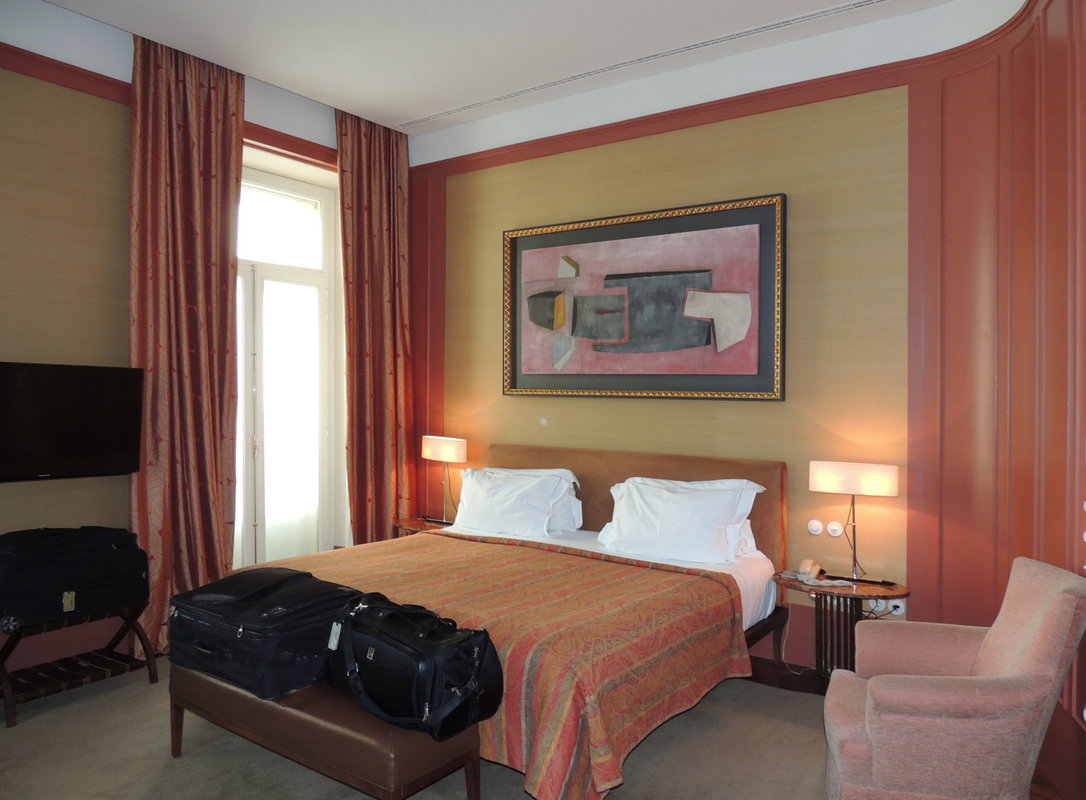
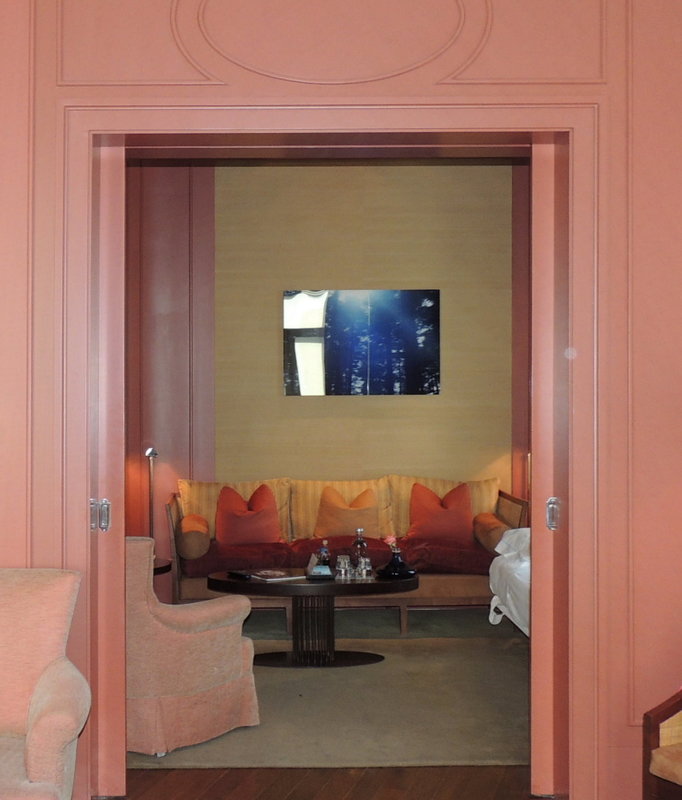
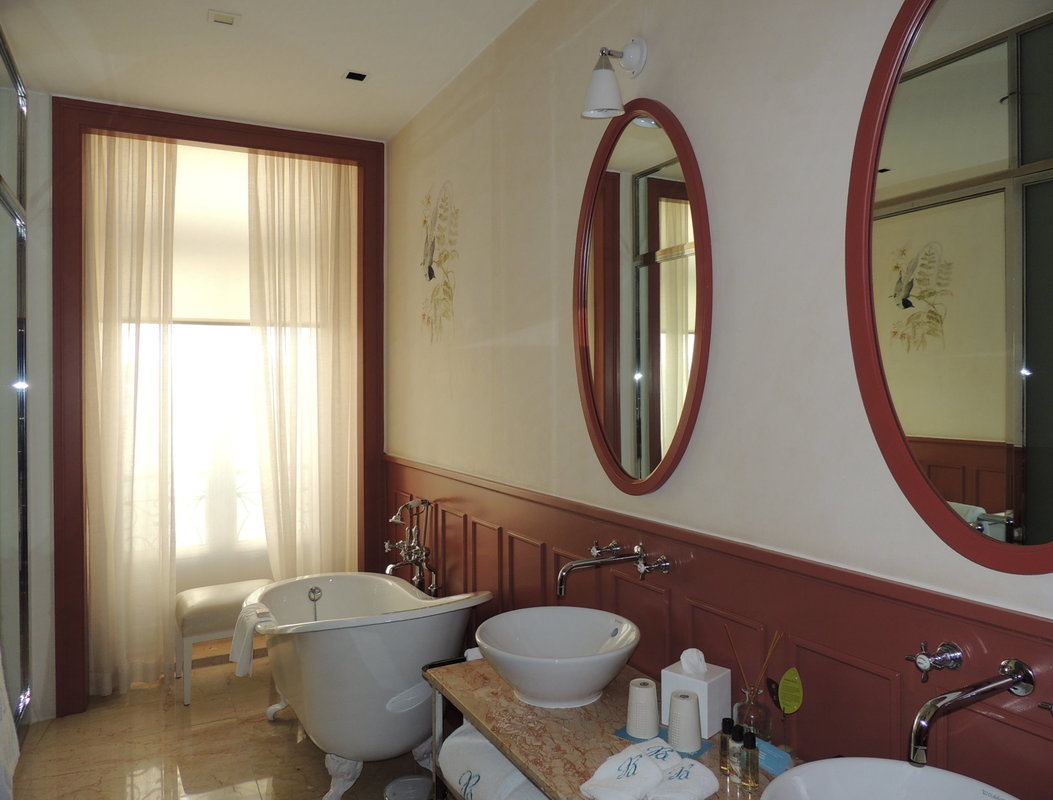
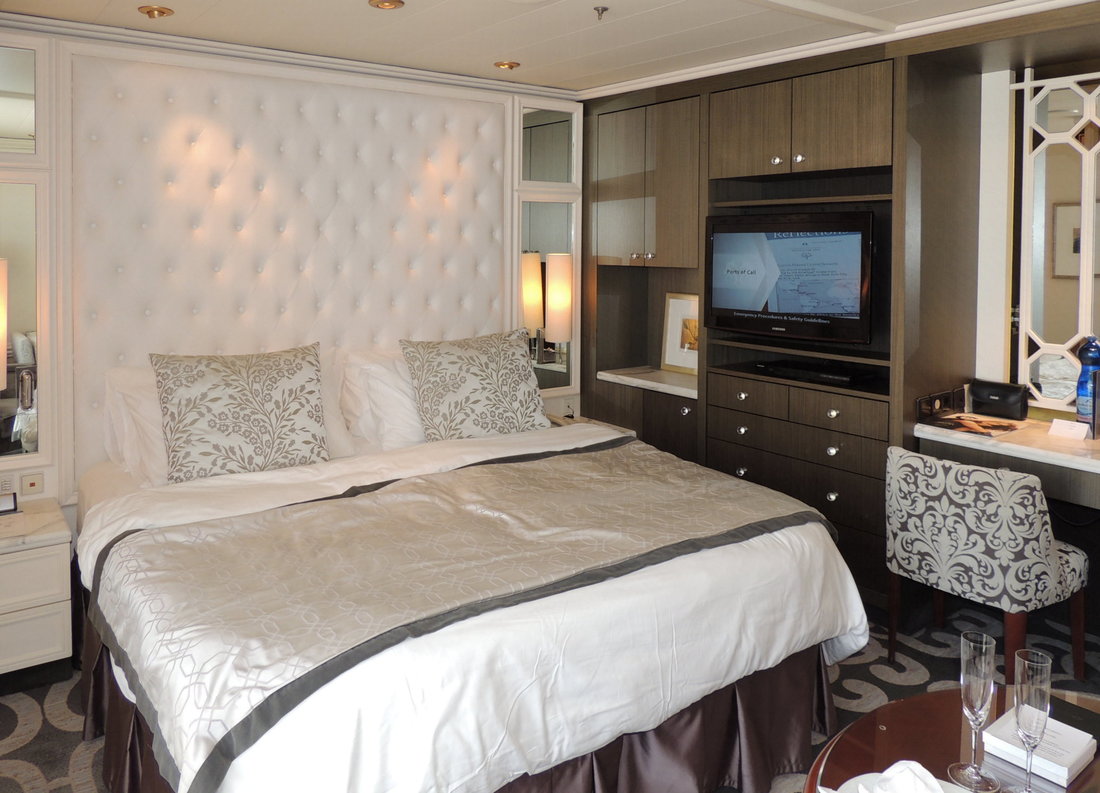
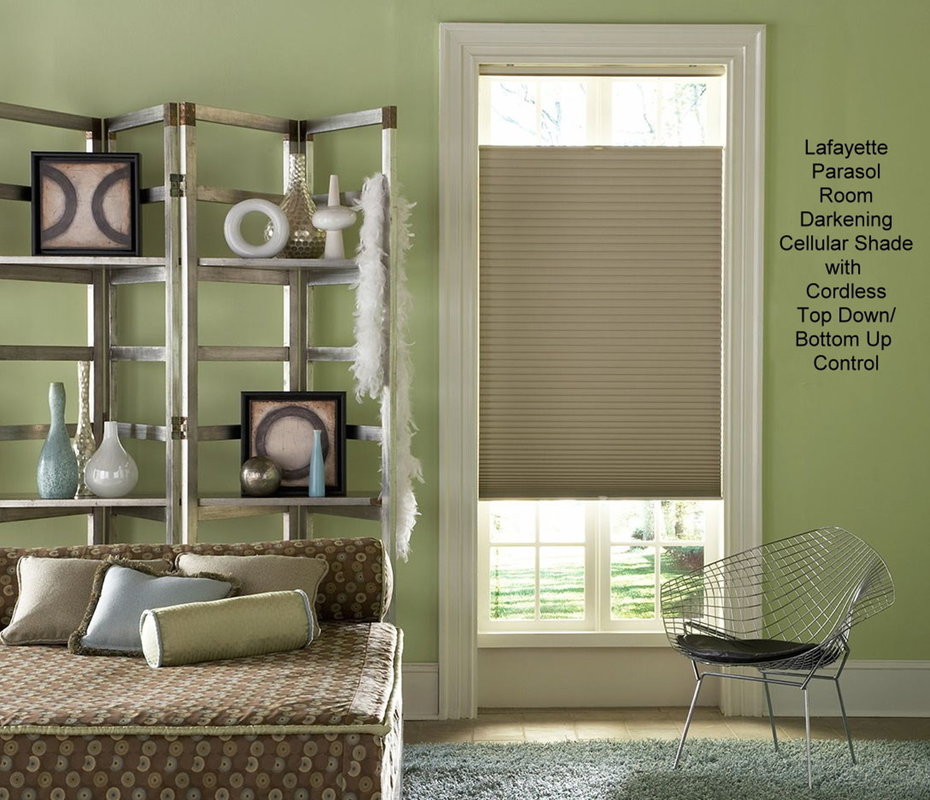

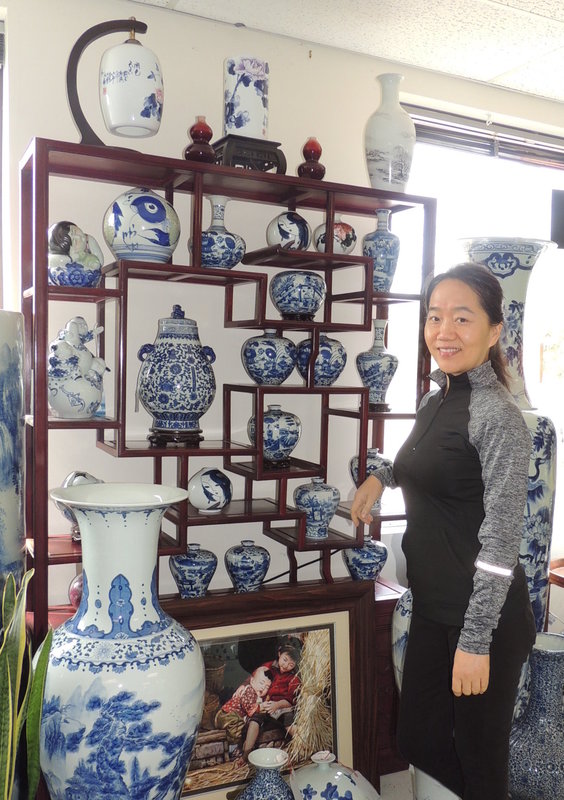
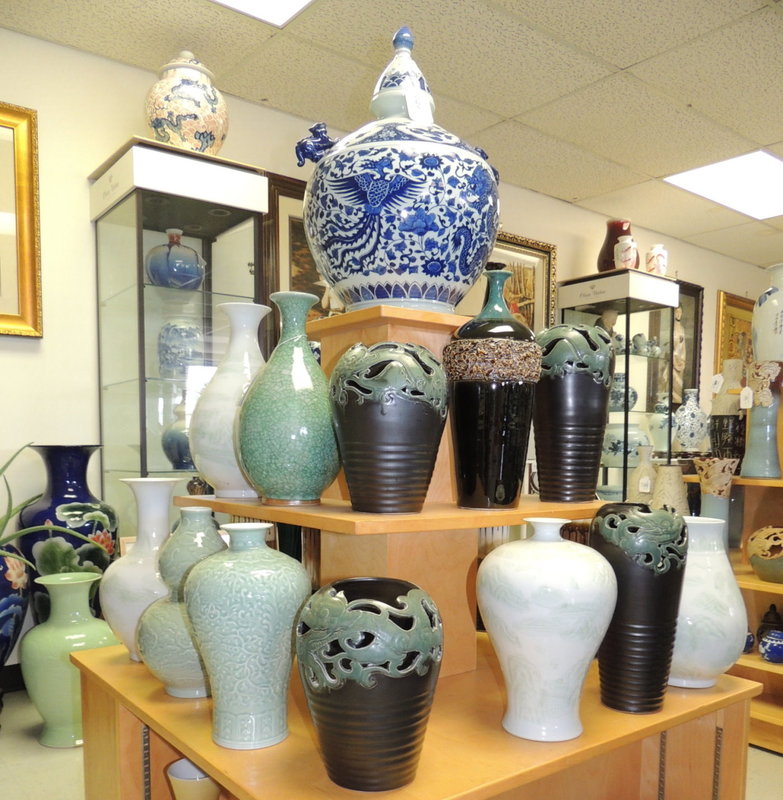
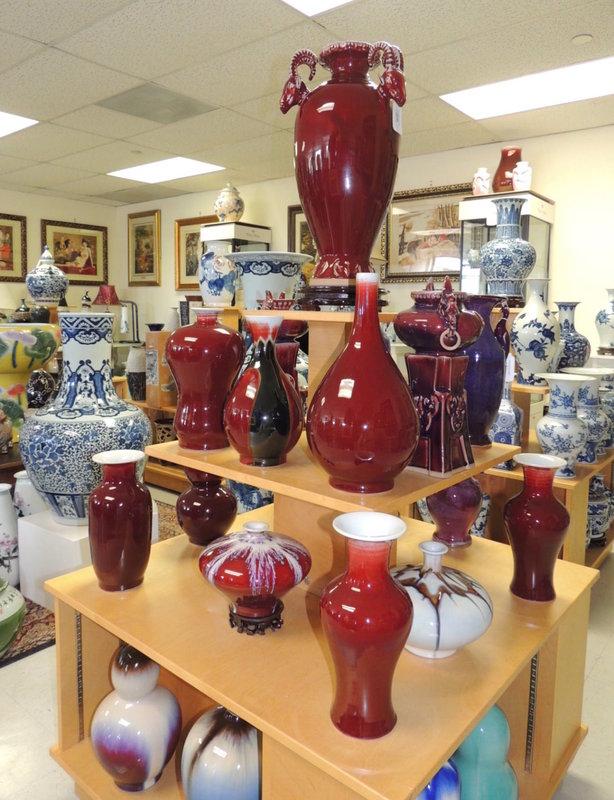
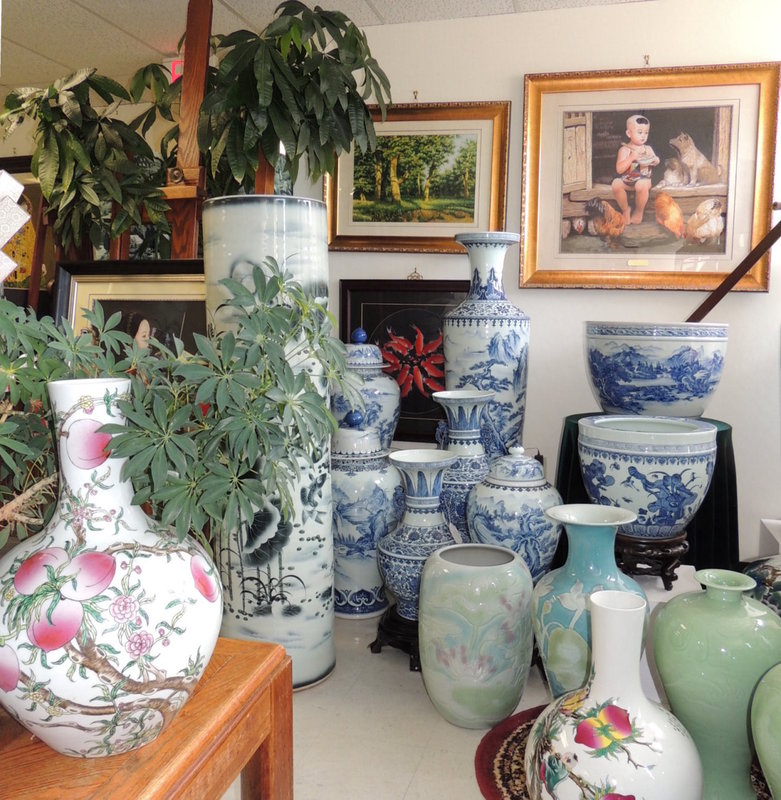
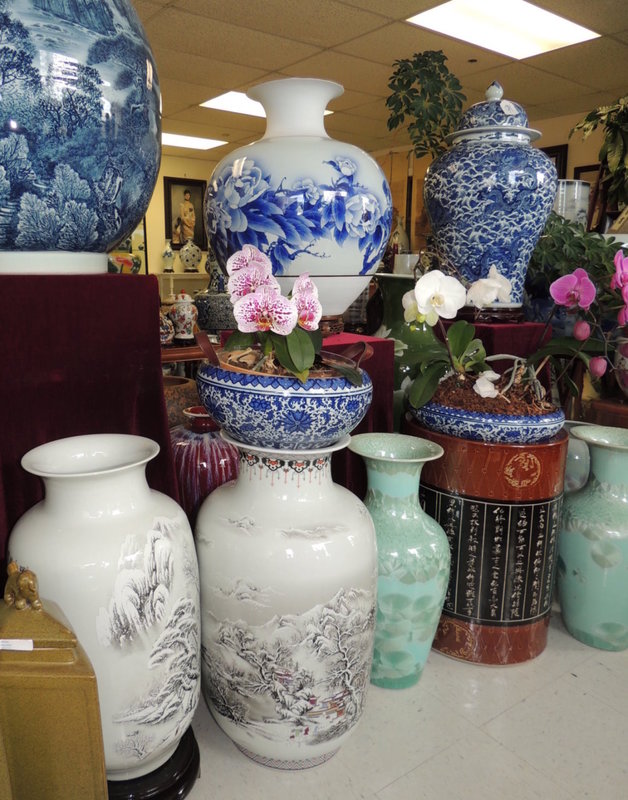
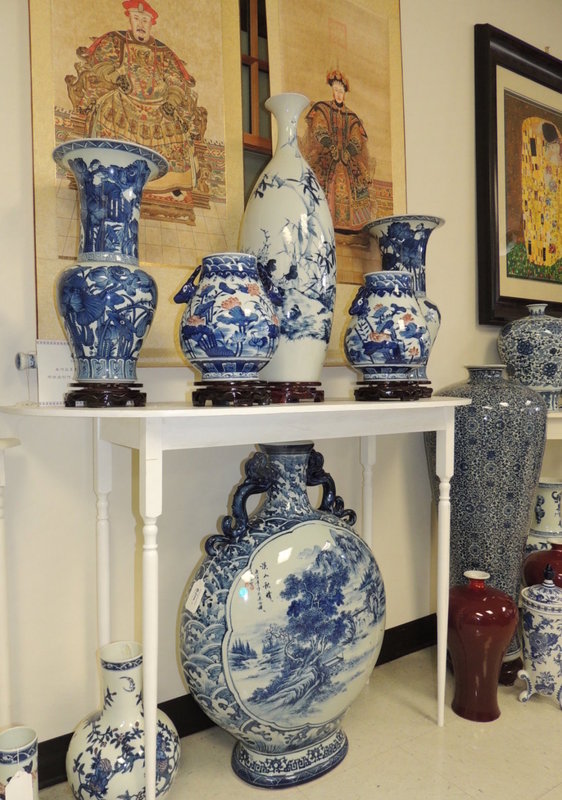
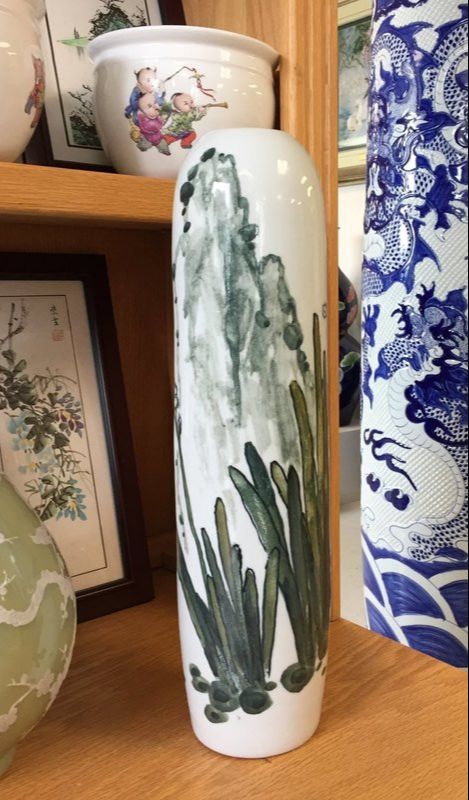



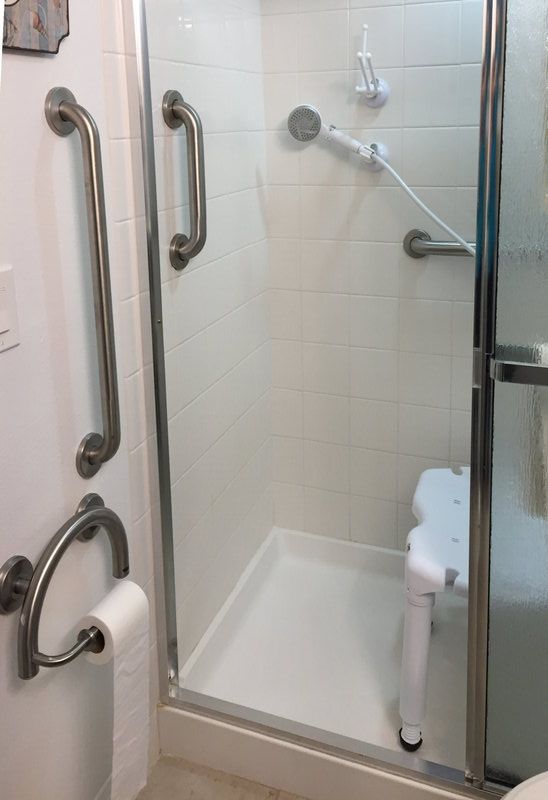
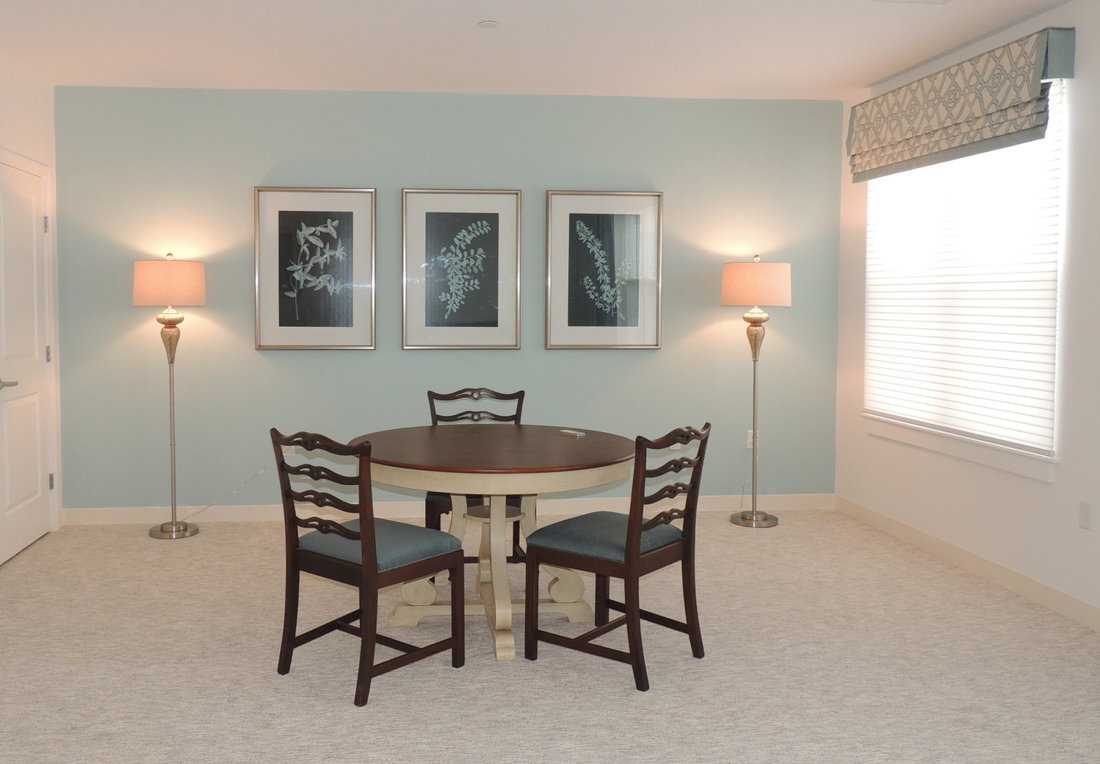


 RSS Feed
RSS Feed